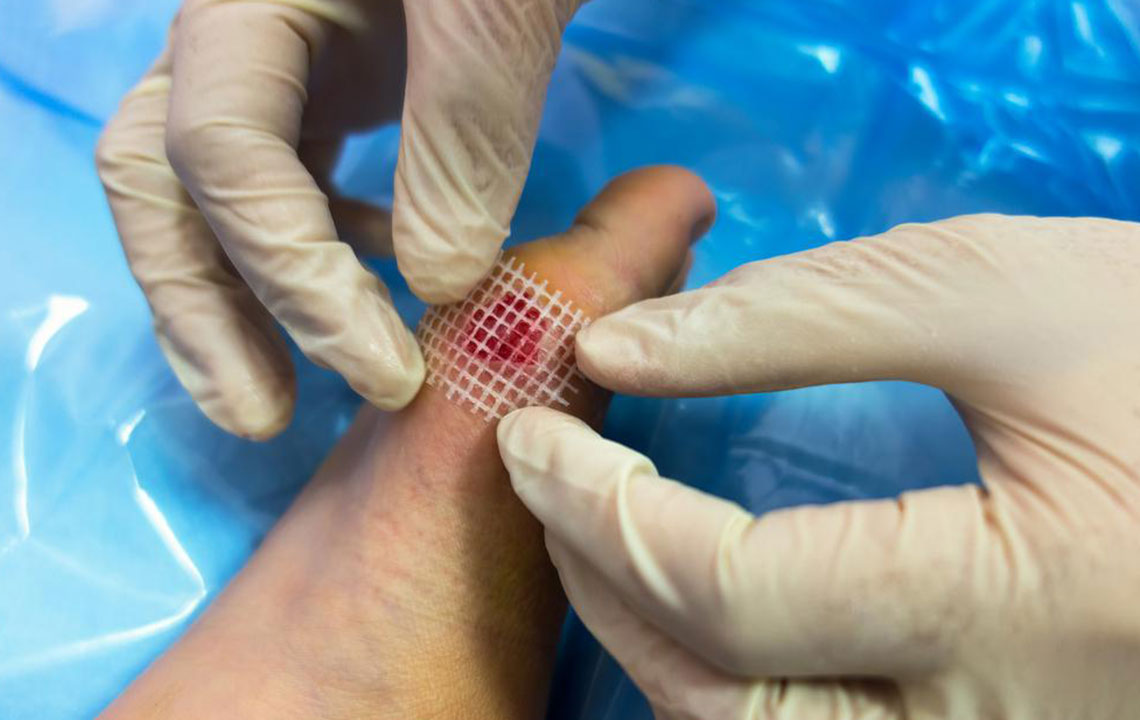Shingles Medications and Treatment

Shingles Medications and Treatment
Shingle is an infectious disease which causes a painful rash. It is equally important to know the signs of shingles before taking any medication. Shingles in, ordinary cases, are characterized by an unpleasant feeling in some areas of skin and a headache which usually turns severe. After a few days of pain, a rash also appears on the skin. Shingles first appear on the face, eyes or the genital area but can also be seen in other regions.
It is important to remember here that the shingles appear as red marks on one side of the body only. Any redness on both the sides of the body is not likely to be shingles. The shingles rash also appears in the form of a band on one side of the body. The pain in the area remains even when the rash has disappeared.
Shingles can be cured by using painkillers which ease the pain. A person should keep the rashes clean and dry as this reduces the risk of infection in case of shingles. Loose fitting clothes should be worn and calamine lotion must be applied to ease the problem of itching. Using a cold compress or a bag of frozen vegetables wrapped in a towel few times in a day can help you get relief in case of shingles. Shingles usually heal in 4 weeks. The skin is likely to pain for up to a week after rashes have vanished, but it eventually gets better with time. You can use medications to reduce the incidence of Shingles.There are some medications which can be used to treat shingles. While some singles medications are used to treat infectious conditions which are caused due to certain viruses, some cure sores around the mouth and shingles alike. Most shingles medications are antiviral drugs that are known to decrease the severity of shingles. Such medicines are recommended to be taken 2 to 3 times a day as directed by the physician. However, a lot of water should be had to cause medical complications. Other shingles medications that are antiviral drugs restrict the growth of some virus. In case of shingles, the medication use should begin immediately on noticing the initial symptoms of this condition. However, like all other medicines, shingles medications too should be taken after the recommendation from the doctors. Other shingles medications are used to treat infections which arise due to the specific virus. Most drugs aim to treat shingles which are caused due to herpes zoster. These drugs also strengthen the immune system when taken regularly. The strengthening of the immune system affects other regions of the body and slowly cures the problem of shingles. Some shingles medication is also used to treat conditions related to shingles. This medicine does not heal shingles in the initial stage but does reduce the incidence of this condition. Many shingles medications are given by a slow injection into the vein directly. This medication should be taken as soon as the problem appears. However, these too should only be taken on the recommendation of the doctor.
Natural treatment for Shingles
There are numerous natural treatments for shingles which can be tried to get some relief. Apart from prescribed shingles medications, you can try various cold compresses, lotions, and pastes to ease the problem.
Healing baths
Daily cleaning of blisters should be done in shingles as this helps in reducing the incidence of the condition. The cool water always is a healer and helps in getting some relief from shingles.
Baking Soda and cornstarch paste
A paste made from a combination of cornstarch or baking powder in water offers some relief in case of shingles. Two parts of cornstarch or baking soda can be poured into the water until some consistency is achieved. This mixture is to be applied to the rash and should be rinsed after 10 to 15 minutes. The treatment should be repeated as and when needed.
Dietary remedies
Dietary changes can also be used to treat shingles. The diet used to treat shingles should be rich in vitamin A, b 12, C and E. Foods which promote the healing in case of shingles include orange and yellow fruits, whole grains, beans, and tomatoes.
Soothing lotions
There are numerous soothing lotions and creams which can be used to reduce the blisters and shingles. These tropical ointments can be used three to four times as these have anti-inflammatory effects that cure shingles.


